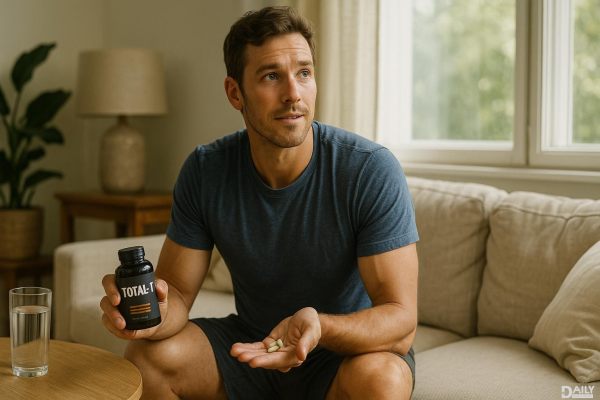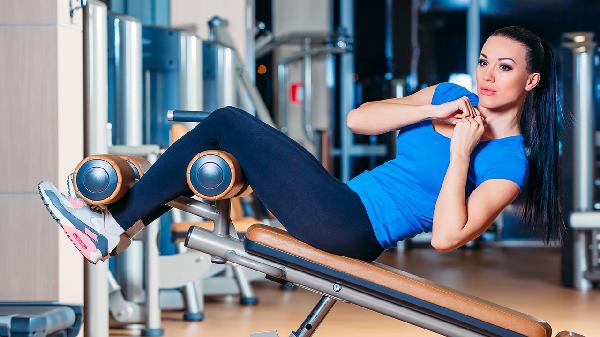If you've ever scrolled through Instagram and stumbled upon a video of Jennifer Lopez or Gwyneth Paltrow contorting their bodies in what looks like an upscale torture chamber lined with resistance bands, congratulations—you’ve just been introduced to the Tracy Anderson Method. This cult-favorite workout isn’t just another fitness trend; it’s a full-body experience designed to make you question your life choices while simultaneously feeling like a glowing, empowered version of yourself. And yes, the sweat is intentional. So much sweat.
The Origins: How Tracy Anderson Built a Fitness Empire
Tracy Anderson didn’t just create a workout—she engineered a movement. Literally. After struggling with her own body image post-pregnancy, Anderson developed a system focused on small, precise movements that target often-neglected muscles. The method exploded in popularity when Gwyneth Paltrow became an early adopter, branding it as the secret to her lean, toned physique. Fast forward two decades, and TAM has evolved into a global phenomenon with studios in major cities and a fiercely loyal following. The secret sauce? A combination of dance-inspired cardio, muscular-structure work, and an almost militant emphasis on form. Forget heavy weights and grunting through reps—this is about finesse, control, and, as you’ll quickly learn, suffering gracefully.
Inside the Studio: A Sauna with Resistance Bands
Walking into a Tracy Anderson studio feels like stepping into a high-end spa that moonlights as a sweat lodge. The humidity hits you first—think tropical vacation meets Bikram yoga, but with more jazz hands. The ceilings are rigged with color-coded resistance bands, dangling like some kind of fitness-themed art installation. The vibe is equal parts intimidating and inviting, like a really chic boot camp where everyone is way more coordinated than you. Classes are structured around low-weight, high-rep sequences that fatigue muscles without bulking them. Think: endless tiny pulses, leg lifts that make your thighs scream, and arm movements so small you’ll wonder why they hurt so much. Spoiler: It’s because you’re doing them wrong. (Or, more accurately, your body just isn’t used to working this way yet.)
The MultiTAsk Band Class: A Humble Pie Buffet
My first encounter with the MultiTAsk Band class was… educational. Picture this: You’re handed a metal rod (which, for the record, looks like a medieval torture device) and told to hook it onto a resistance band dangling from the ceiling. Simple, right? Wrong. After fumbling for what felt like an eternity, I finally managed to secure the band—only to realize I had no idea how to use it without whipping myself in the face. The instructor, a serene but terrifyingly fit human, guided us through a series of fluid, dance-like movements that looked effortless until I attempted them. The bands add constant tension, meaning there’s no reprieve, no moment to zone out. Every micro-movement is deliberate, and every second is an opportunity for your muscles to mutiny. By the end, I was drenched, humbled, and weirdly exhilarated.
Why It Works: The Science Behind the Suffering
TAM’s magic lies in its focus on muscular rebalancing. Most people develop strength imbalances from repetitive movements (hello, desk job posture), and Anderson’s method forces your body to work in ways it normally wouldn’t. The high-rep, low-weight approach exhausts muscles without triggering hypertrophy (aka bulking), which is why devotees swear by its ability to create long, lean lines. The heat and humidity? They’re not just for drama. Warm muscles are more pliable, reducing injury risk and allowing for deeper stretches. Plus, sweating buckets feels oddly cathartic, like your body is purging all the bad decisions you made last weekend.
The Celebrity Factor: Why A-Listers Are Obsessed
a structured, almost meditative hour where you’re forced to focus solely on your body. In an industry obsessed with quick fixes, Anderson’s method is refreshingly sustainable. It’s not about crash diets or extreme measures; it’s about consistency, precision, and embracing the grind. And if J.Lo can make it look easy, surely the rest of us can survive a class without crying. (Note: Crying is totally acceptable.)
Is It Worth the Hype? A Reality Check
Listen, Tracy Anderson isn’t for the faint of heart—or the faint of wallet. Classes aren’t cheap, and the learning curve is steep. But if you’re looking for a workout that challenges your body and mind in equal measure, it’s worth a try. Just don’t expect to master it on the first go. Or the fifth. The method demands patience, persistence, and a willingness to embrace the awkward phase where you flail like a baby giraffe on roller skates. But for those who stick with it, the payoff is real: improved posture, increased flexibility, and a newfound appreciation for how strong your body can feel when pushed in new ways.
So, would I do it again? Absolutely—but not without a gallon of water and a pep talk. The Tracy Anderson Method isn’t just a workout; it’s a reckoning. It forces you to confront your physical limitations, then gently (or not so gently) guides you past them. And if nothing else, you’ll leave with a killer Instagram story and the smug satisfaction of knowing you survived something Gwyneth Paltrow makes look easy. Now, if you’ll excuse me, I need to go lie down and question all my life choices.
























